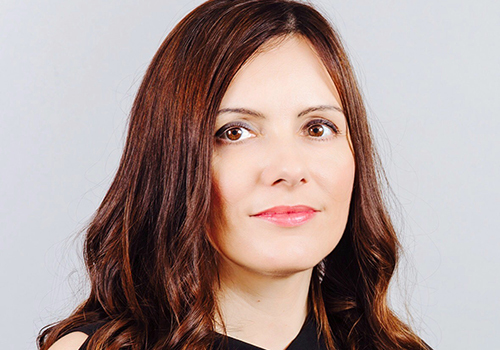Architecture’s “superpower” resides in the complex synthesis of a multitude of agencies, such as program, site, available technology, constraints of construction and economics. Recognizing that architecture is as fundamentally informational as it is material, this work explores new approaches for the accelerated architectural synthesis, under conditions of the rapidly expanding volumes of computation and information available. Instead of mimicking human logic, it embraces a new kind of logic entirely, with the capacity to solve problems and reveal territories that were previously unreachable to human cognition. By embracing the inhuman side of the equation, we uncover a usage of computation in design that is more natural to the processes of computation.
Resultant architectures are characterized by enhanced resiliency, plasticity, and malleability of complex interrelated systems; in short, increased design-ability within complex ecologies, allowing for speculative proposals of unprecedented nature, complexity and scale, uncovering an architectural superperformance and previously unseen aesthetics.
Architect, designer, thinker and innovator, Alisa Andrasek is Professor of Design Innovation at RMIT in Melbourne, and Professor in the Division of Philosophy, Art and Critical Thought at the EGS in Saas Fee. At the UCL Bartlett, she built an award-winning program in advanced architectural research and founded Wonderlab recognized for innovation with AI, robotics, and digital fabrication. She has previously held appointments at the AA DRL, Columbia GSAPP, Pratt, and UPenn. Andrasek is a founder of Biothing, and co-founder of Bloom Games and aiBuild. Her research and doctoral dissertation introduced the concepts of a renewed logical core of architecture, high-resolution design for complexity with applications at a myriad of scales, and hybrid (human/inhuman) cognition, emerging from the previously unseen and awe-inspiring aesthetics. Andrasek’s work won numerous awards and has been exhibited at the Centre Georges Pompidou, New Museum New York, Venice Biennale, and the FRAC Collection, amongst others.
